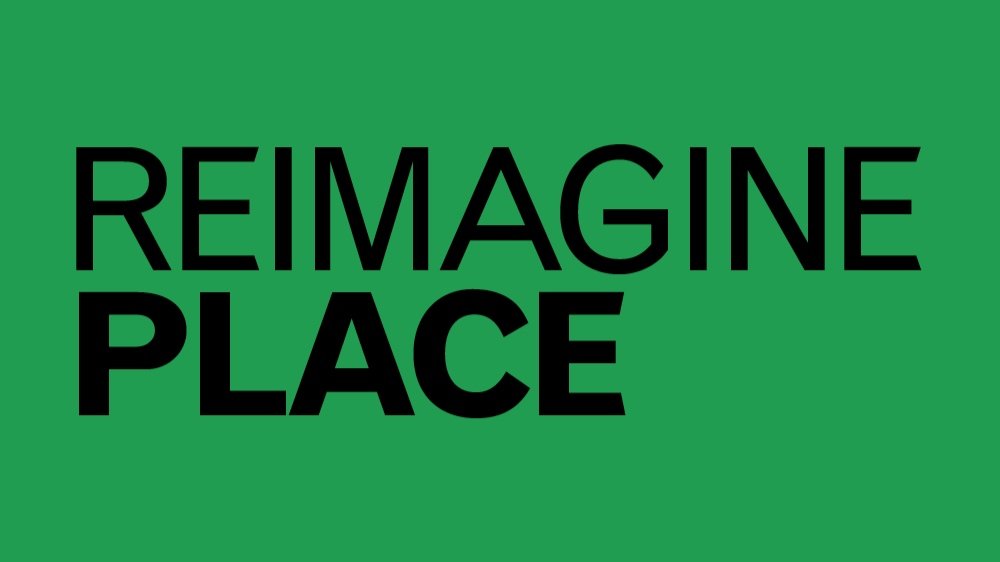Parklets… the good, the bad and the ugly
First published in The Landscaper, Issue 275, 2024
Local authority urban greening initiatives have long courted controversy, particularly when parking spaces are replaced with parklets. But, as Hayden Ferriby argues, there is plenty of best practice to learn from and mistakes to be avoided
The humble parklet is a small public space that extends the pavement by converting one or more parking spaces into a mini-park or creating small pockets of green space within a designed urban realm. Since their introduction they are gradually changing the culture of streets by providing communal spaces where people can sit, relax, and enjoy the outdoors amidst urban settings.
But they are also generating lots of controversy and have plenty of critics. Last month, for example, it was revealed that councils have spent £5million on parklets in the last three years to enhance streetscapes. Some of these have fallen into disrepair and become magnets for anti-social behaviour.
In many towns and cities they have helped boost trade, improved air quality and strengthened the sense of community. While in others they have triggered community anger. In South London, residents found a cannabis plant growing in one, while in Louth a bright yellow parklet, which ultimately had to be removed, was vandalised and unanimously rejected.
When they work, parklets can increase footfall, be welcoming for everyone and provide opportunities for businesses to extend their businesses into the parklet space. But when they don’t work well they become an eyesore. So how do councils avoid the pitfalls and reap the benefits?
Firstly, we would recommend councils engage with local businesses, residents and community groups from the planning stage through to design and implementation. This helps build support and ensures parklets meet community needs.
Secondly it’s critical that councils choose locations that do not disrupt existing traffic and parking spaces needed by local businesses unless suitable alternatives are provided. Ideal spots are often in areas with high foot traffic but relatively low car dependency.
Furthermore, avoid bad design and lurid colours! Use durable, aesthetically pleasing materials that complement the local architectural style. Incorporate elements of green infrastructure like planters, trees and sustainable materials.
Setting up maintenance agreements to ensure parklets are kept in good condition is also key. This could involve partnerships with local businesses, community groups or through council services.
Finally, explore funding models that include sponsorship opportunities, community grants, or public-private partnerships. This can help offset the costs and foster community investment in the project.
If councils avoid these basic principles they run the risk of provoking an ugly community reaction. But if followed, they can help improve the streetscape, build civic pride and start unlocking community potential.
To read the full magazine, click here.




